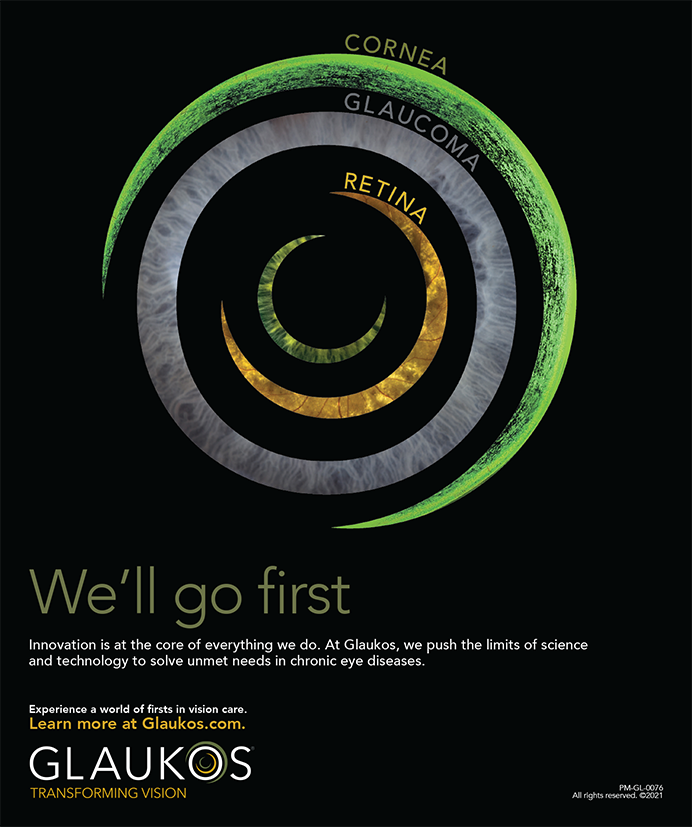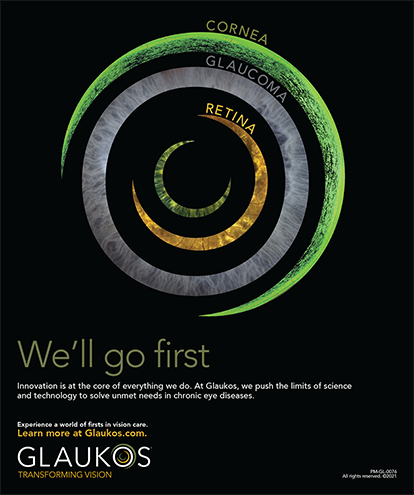
The single most important asset for any doctor is the ability to earn income. Given the significant investment made to become a practicing physician, it should not be surprising that the value of a doctor’s future income is substantial. For example, if a physician starts with a salary of $300,000, including benefits, and plans on practicing for 30 years (with 3.5% inflation), the present value of that annual income is $5,517,613. An asset like that is worth protecting. That is why disability income insurance is so important and why it is one of the top two tools that physicians should implement.
TOOL No. 1. DISABILITY INSURANCE
AT A GLANCE
- The most important asset for any physician is the ability to earn income. Disability insurance and life insurance are powerful tools to protect that asset.
- Disability income insurance is critical for doctors from the start of their careers typically into their 50s, because they generally have not yet accumulated the savings to support themselves and their families in case they cannot work as a doctor.
- Life insurance provides protection for doctors with children, spouses, or other family members who depend on them financially.
Disability income insurance is conceptually straightforward. If a physician becomes disabled, the policy will pay the monthly benefit amount purchased by the insured. From the start of physicians’ careers typically into their 50s, this protection is critical, because they generally have not yet accumulated the savings to support themselves and their families in case they cannot work as a doctor.
When looking at purchasing individual disability income insurance, physicians need to determine what their true need is, not how much coverage they can get. If monthly expenses are $3,000 per month, but an insurance salesman convinces a doctor to buy $5,000 per month of coverage, that physician is overinsured.

Doctors should be wary of the disability insurance that is available through their employers. More often than not, a hospital will provide group disability income insurance at no or minimal cost to physicians. The problem with group insurance is that it covers the masses. Coverage therefore may not be occupation specific, may not have a partial or inflation protection rider, may have short benefit periods, and may be cancelled at any time. While that is not the case with all hospitals, group insurance is generally inadequate.
Often, there are discounts connected to the hospital that allow a physician to purchase individual disability income insurance from major insurance companies at reduced or unisex rates. The unisex rate option is the most ideal and has the greatest benefit for female physicians. Women’s rates are typically 25% to 30% higher than men’s rates, because morbidity is higher in women than in men. When it comes to life insurance, mortality is higher in men than in women.
TOOL No. 2. LIFE INSURANCE
Doctors with financial dependents—typically children or spouses but sometimes other family members—need to focus on protecting their future income value, not only against disability but also against death. This is why life insurance is tool No. 2 for most physicians.
To be cost efficient, a physician should first determine what expenses would need to be covered in the event of his or her death. A mortgage, education funding for children, income support for a spouse, car loans, and other debts are just a few examples to consider.
Young physicians or doctors who need coverage for a limited time should consider term insurance as their best option. Term insurance is inexpensive and provides a death benefit for a specific period (10, 20, or 30 years). Although term insurance is not the only type of life insurance, it is generally best for a young physician who has a specific coverage need, because it is cost efficient.
Permanent life insurance for financially stable physicians can be a tax-efficient saving vehicle that provides tax-free growth and tax-free distributions, if structured properly, and can offer significant asset protection, depending on the state of residence. For these reasons, permanent (cash value) insurance is often selected, even by young physicians, as a wealth accumulation and protection tool.
Conclusion
At the outset of their medical careers, physicians in training are told, “First, do no harm.” As an advisor to physicians nationwide, I would like to add, “First, build and protect your foundation.”
SPECIAL OFFER
To receive a free print copy of For Doctors Only: a Guide to Working Less and Building More, please call (877) 656-4362. For a free ebook download, visit www.ojmbookstore.com, and enter promotional code CRST36.




